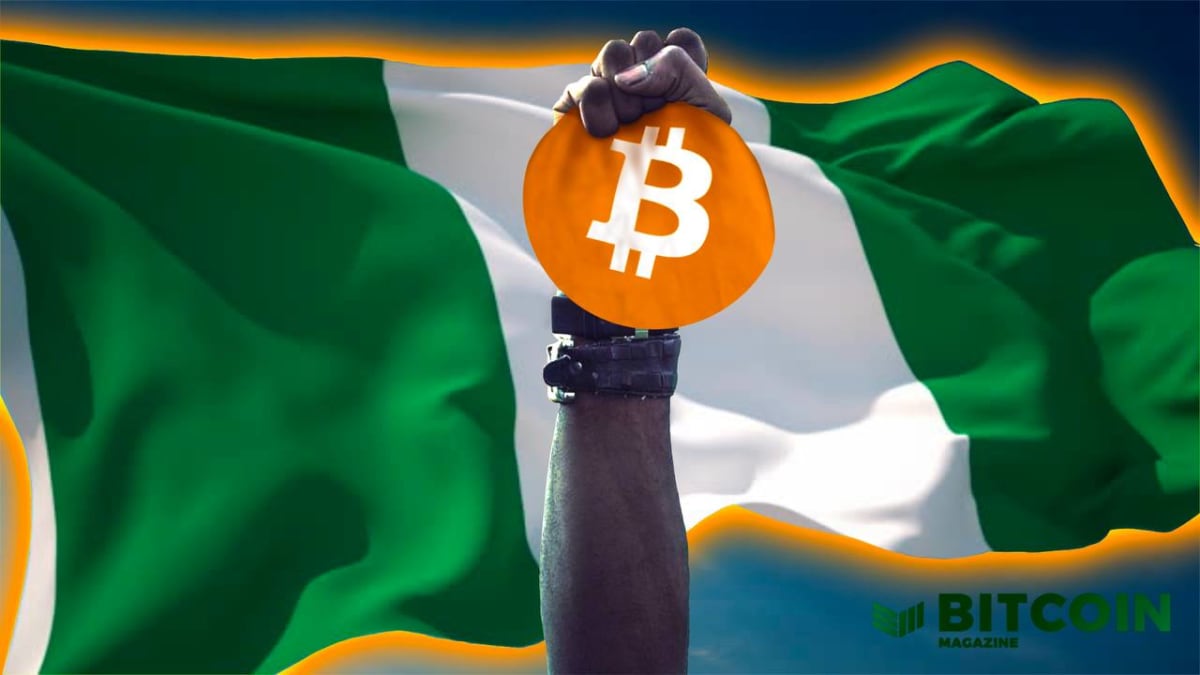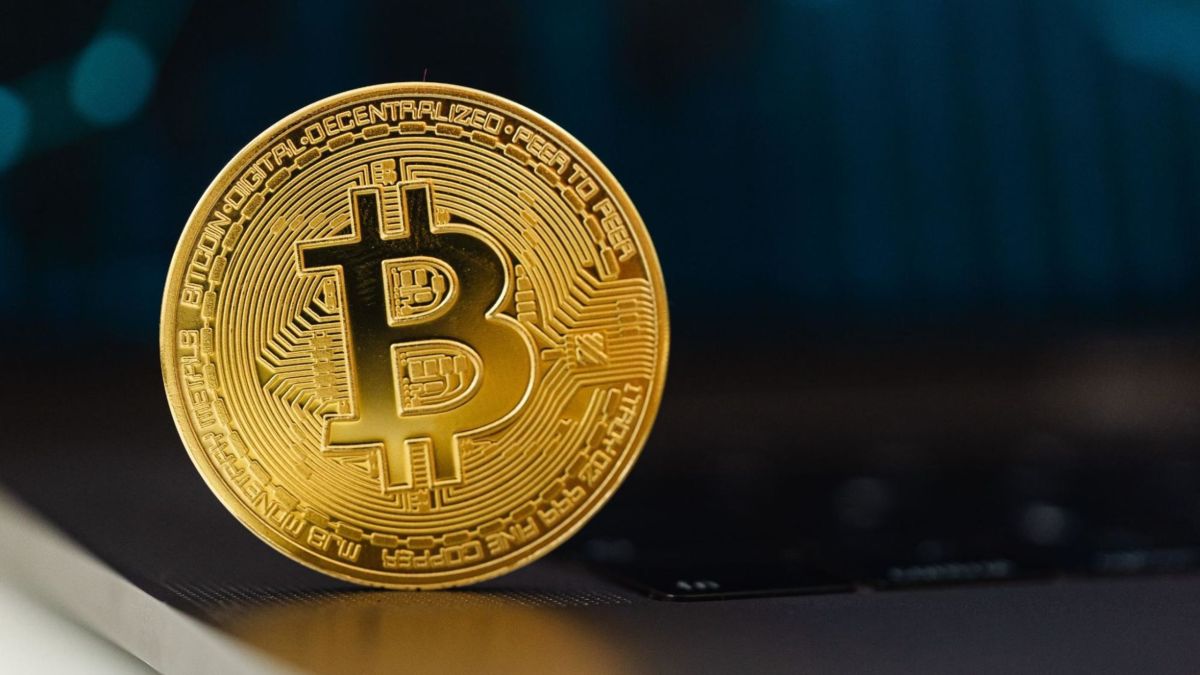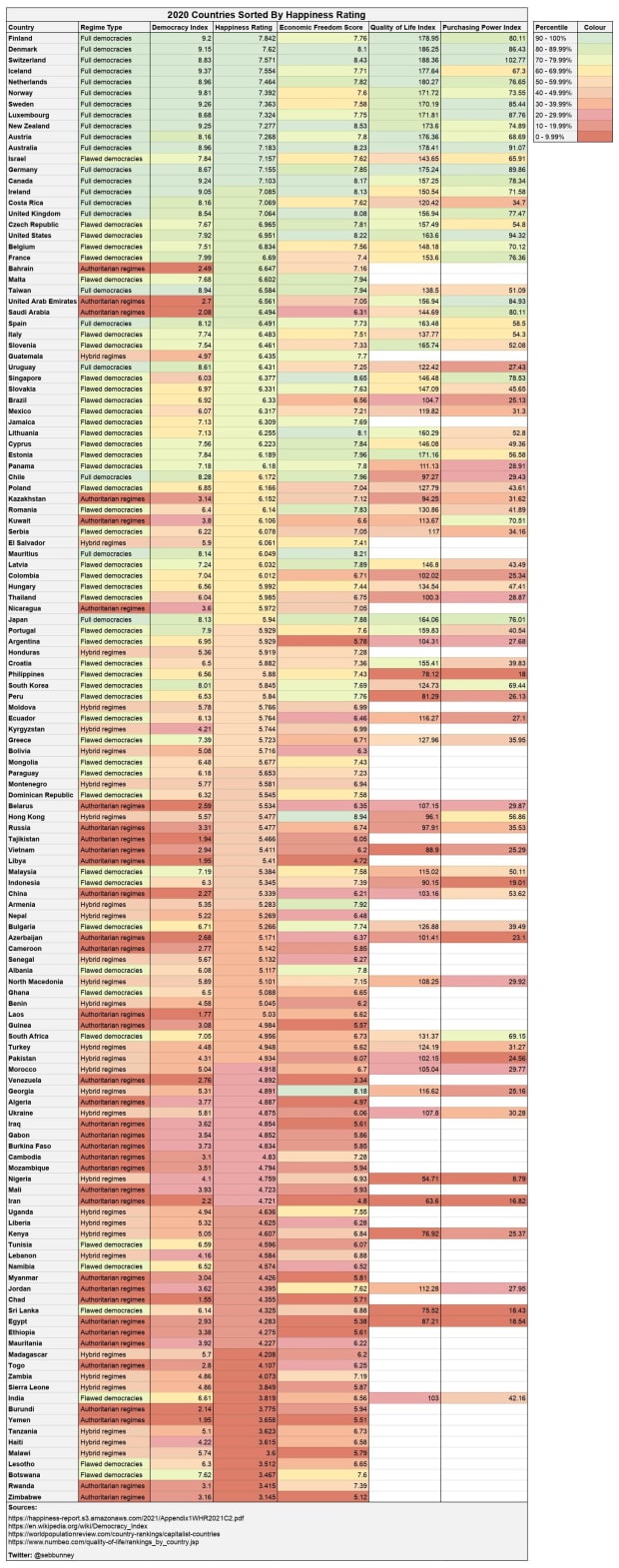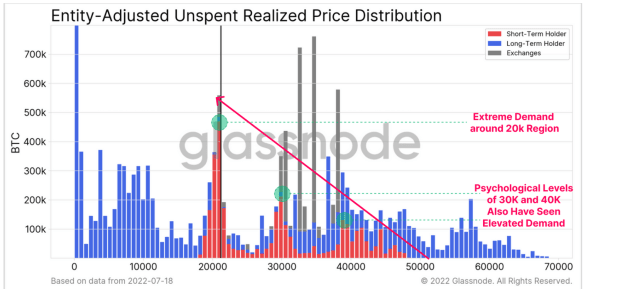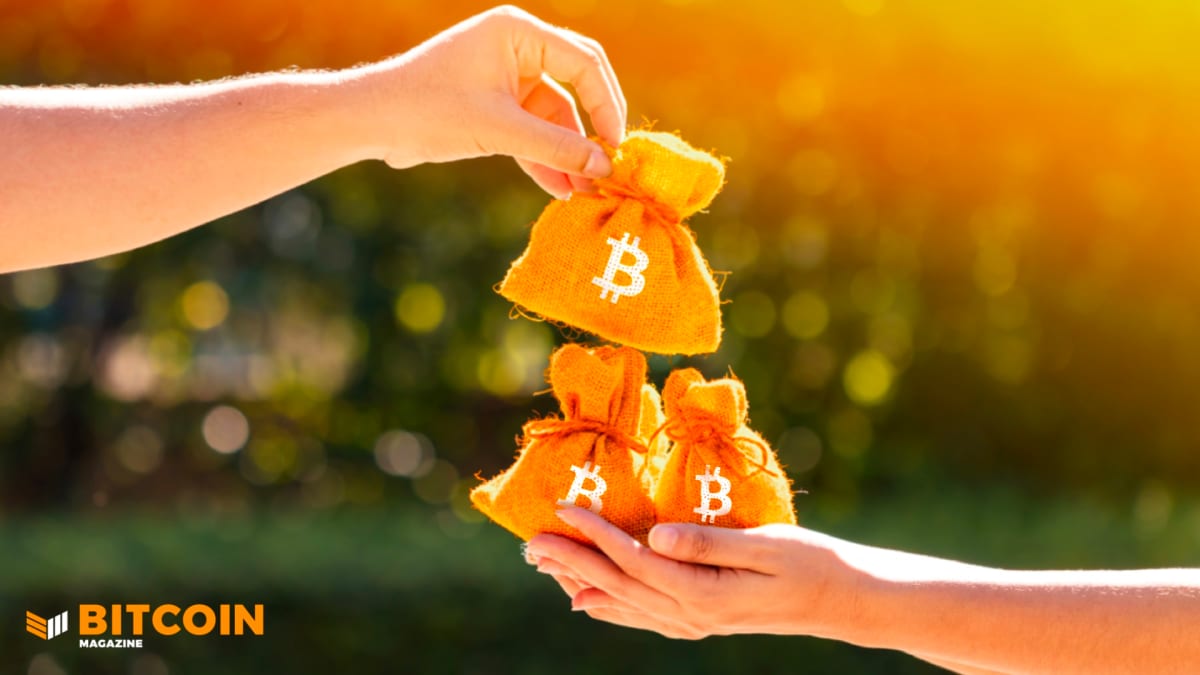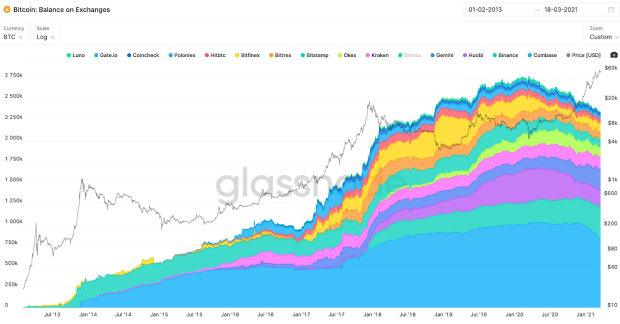The Incentives Of Bitcoin Rewards Rise With The Price
The incentives of earning bitcoin via rewards systems are immeasurably greater than those of other prizes.
Humans are driven by incentives. For years, businesses have attracted new users and encouraged customer loyalty using fiat-denominated incentives. These rewards come in many forms: cash bonuses, points, air travel miles, purchase matches, product discounts, low introductory interest rates, and everything in between. In addition to offering this “value,” companies spend millions of dollars spamming the general public with TV and radio advertising and endless junk mail. Although it is marketed as a way to prioritize the customer, this impersonal “spray and pray” approach feels more like fishing for suckers. I’ve literally received 5+ credit card offers in my dog’s name. My dog is really excited for such an exclusive, pre-approved opportunity. He really is.
Fiat-denominated rewards align perfectly with the fiat system.
Your points will expire in 1 year—hurry up and use them! We’ve revised our tiered program, and achieving “diamond” status next year will be a little bit harder, even though the value of those rewards will be diluted. Sorry, you actually can’t redeem points at those destinations you wanted to visit. Spend your value now and work harder just to keep pace tomorrow. You’ll love it!
Gross.
Enter Bitcoin.
The bitcoin rewards scene is comparatively new but objectively better than everything mentioned above. The Bitcoin-focused companies that have had initial success share some common traits: they engage with the community, they iterate on their products in ways that continue to provide value to their customer base, and they respond to feedback by actually taking action. These things sound easy on paper, as most bitcoin concepts do, but execution is much more difficult. Bitcoiners are some of the hardest customers to please because we demand quality products that are built the right way. The companies in this space that will win are those that build their businesses accordingly.
I will share a bit about my personal experience and a friend’s success in doing business with these companies. I was an early adopter of Lolli and Fold (not shilling, do your own research) and am still a happy customer of both. In my business ventures, I generally spend a good amount. Traditionally, I’ve used credit cards that give 1%–1.5% cash back. I used to let the cash back pile up and then go spend it on something unnecessary. That was very fiat of me! As is traditional after diving down the Bitcoin rabbit hole, I ended up allocating a very (ir)responsible percentage of my net worth to accumulating bitcoin as quickly as possible. Once I saw the light, I knew I was buying at fire sale prices, but I only have so much money—I’m not a central bank, so I needed to figure out other ways to accumulate.
Although I did work out a couple of ways to earn some bitcoin, I was regularly looking for ways to accumulate it passively throughout the course of my current lifestyle. I wanted that 1%–1.5% kickback to be in bitcoin. Not only would that provide an incentive for me to stack the hardest money in the world, it would also give me extra reason to grow my spend (not consumption) and therefore my business volume. When these rewards products came to market, I jumped on them immediately, and I found myself with a fire lit under my ass trying to add value to the world as quickly as possible while also drastically reducing my frivolous spending. Value went up, and garbage went down. It’s funny how (the right) incentives work. Although my overall reward accumulation rate has slowed down because of bitcoin’s price appreciation, it feels validating to watch things work out as they should. Not to mention that the reduced rewards I’m earning today will look incredible in due time. As of today, I’ve earned over 150 million satoshis in rewards, and I still look forward to “spinning the wheel” for a few more every day.
When I have shared my experience with others, I have often heard that, because of my business, I was lucky to be in the position where I could spend more than any ordinary consumer would have. Enter my aforementioned friend. Let’s call him Chad. Chad found himself out of a job because of some recent health events you may have seen in the news. “Lucky” Chad didn’t want to wait for handouts, so he decided to make something out of nothing. He recognized that contractors were extremely busy fixing all of the houses inside which people were stuck for weeks on end. He cold-called contractors and offered to handle material orders and deliveries for a flat fee of $100 per job. Most people couldn’t be bothered to hustle for $100, but Chad quickly found himself handling well over a dozen jobs every week. In addition to that, Chad was using his Fold card to get bitcoin rewards on most of those material purchases, which were being reimbursed with other people’s money. Chad has since been hired by one of these contractors to be a project manager with a salary 50% higher than any job he’s had previously. Easy game.
The rewards industry is huge, and I expect to see a ton of growth in this area over the coming years. Companies will be forced out of their fiat mindsets and will have to realign with bitcoin incentives to remain competitive. I’ve stacked, dollar cost averaged, performed personal speculative attacks, earned, and been rewarded in bitcoin. This is a game of accumulation, and I’m here to play. If you want my business, come get it.
– Relevant P
This is a guest post by Relevant Peter Schiff. Opinions expressed are entirely their own and do not necessarily reflect those of BTC, Inc. or Bitcoin Magazine.

